|
In a recent blog comment, Neil Burton asked if I could provide some sources for warfare in 17th Century Eastern Europe. I’m afraid most of my detailed sources are in Polish but there are some useful Ospreys and a growing collection of material in English on the Intranet. Polish Armies 1569-1696, by Richard Brzezinski, is published in two volumes by Osprey (numbers 184 and 188 in the Men-at-Arms series). Volume one concerns the ‘national’ Polish formations and volume two is about the ‘foreign’ section. The illustrations by Angus McBride are particularly good. These books only suffer from the limitations of the format: while a great introduction, they barely scratch the surface of the wars of this period. Richard Brzezinski wrote another useful book for Osprey in the Warrior series, published in 2006, called Polish Winged Hussar 1576-1775. Another really helpful source of information are the rules With Fire and Sword, by the Polish company The Wargamer. They provide lots of information about the different troop types as well as campaign backgrounds and tailored orders of battle. I am not attracted to the rules themselves but they are still worth getting for the background material and illustrations. On the Internet, there is a lot of English language material on Wikipedia. The following links are good starting points and each will take you to several other useful pages, especially about battles. https://en.m.wikipedia.org/wiki/Deluge https://en.m.wikipedia.org/wiki/Khmelnytsky_Uprising https://en.m.wikipedia.org/wiki/Second_Northern_War https://en.m.wikipedia.org/wiki/Russo-Polish_War_(1654-1667) The following site is dedicated to Polish renaissance warfare. http://www.jasinski.co.uk/wojna/index.htm The last site to recommend is the home page of a re-enactment society, which contains a varied mix of useful articles, from dress and equipment to discussions about tactics. I have spent a lot of time on this site and really enjoy searching it. http://www.kismeta.com/diGrasse/PolishHorseArtillery.htm In case you speak Polish, these are books I have picked up for myself in recent years. New titles appear regularly and it is worth entering the name of a battle on Amazon to see what comes up. I found the two books about Cudnów (1660) that way. i wish this period and theatre was easier to access, since I find it so fascinating. But by looking here and there across the Internet, you will find a great deal of interest.
5 Comments
On 15 September, Keith, Matt and I spent more money than was good for us at Colours in Newbury. I like this venue, especially the light upstairs floors that are a much more pleasant environment than some Show venues. On the second floor, messrs Miller and Brentnall were demonstrating a beautiful 28mm game of For King and Parliament. Having left the dog home alone, I prevailed upon Keith and Matt to leave Colours at lunchtime and come back to play a game. We agreed to try the new stats I have been brewing for using For King and Parliament in Eastern Europe. I set out the table using the battlefield of Berestechko, but as it was our first play test the army sizes were considerablyreduced. Matt, as King Jan Kazimierz, had two sub generals: Jeremi Wiśniowiecki, commander of the left; and Stanisław Lanckoroński, commander of the right. His army contained: 1 unit of Hussars 5 units of Pancerni 1 unit of Reiters 1 unit of Dragoons 1 unit of Hajduk infantry 2 units of German infantry 2 units of field artillery. Keith, as Bohdan Khmelnytsky, also had two generals: Ivan Bohun, commander of the Cossack right and Islam Giray, Tatar commander on the left. His OOB was: 3 units of registered Cossacks 2 units of Zaporozhian Cossacks 1 unit of Cossack horse A fortified camp, 3 squares wide and 2 deep, with its front on the 3rd row of squares 2 light Artillery pieces for attachment to Cossack units 1 unit of noble Tatar lancers 3 units of Tatar lancers 3 units of Tatar light cavalry bowmen In line with historical deployment, Keith set up his cossack foot on his right, inside the Tabor, with their horse outside and immediately to its left. He set up his Tatars on the left, with the bowmen on the far flank and lancers closest to the centre. Matt deployed a small command of two Pancerni and the Dragoons on his left; his infantry, artillery and Reiters in the centre and the rest of his Horse on the right. As this was a play test, the point was not to try and win but to test different aspects of the rules. Both players took a few decisions to see what would happen, possibly against their better judgement. Keith in particular wanted to gauge the flexibility of his Tatar troops and they saw the most action of the game.
The battle began with Matt advancing his right and centre, while his left observed the Tabor from a safe distance. Keith kept his Cossacks tucked up in the Tabor and advanced his Tatars, with his bowmen looping around on the far left. The bowmen were charged by Pancerni but evaded, falling back on the woods to their rear. Keith then decided to see what happened when lancers charged the front of a Pike and shot batallia. Reassuringly, they slid off. Never one to learn from a mistake, he repeated the experiment with another lancer unit, with the same result. The second melee was closer run however, as the Foot had picked up a disorder in the first combat, but the odds were still in their favour. In another combat, Matt’s Pancerni destroyed a Tatar lancer unit in one round. At this point I realised I hadn’t thought about the applicability of the FKaP pursuit rules to Eastern Europe. Uncontrolled pursuit by mounted units was not a significant feature of the dozen or so battles I have read about, although I’m sure it must have happened. We need to think about this but I am tempted to tone down the pursuit rules for games in the East in some way. The battle ended with the collapse of Keith’s Tatar force and death of Islam Giray. As I say, however, this wasn’t really a competitive game but a first chance to try our adaptation. So everybody was a winner, or at least, everybody certainly enjoyed the game. How did the rule adaptations work? First, as we expected, the basic mechanisms of FKaP worked very well for activating and manoeuvring the armies. The Pancerni and Tatar lancers performed as we thought they ought. I was particularly pleased with the way the light cavalry bowmen worked: they were a flexible irritant that kept dancing out of danger but collapsed when cornered. This game didn’t give us a chance to test the resilience of the Tabor as Matt didn’t assault it. In the real battle Wiśniowiecki charged it with his cavalry and was repulsed. We will have to set up a few assaults to see how it fares. Of course we’ll need to play several more test games to get a reliable feel for the whole set of changes. But after one outing, I am very encouraged, especially by the way light cavalry work. One more thing. For King and Parliament is a cracking set of rules: fast, tense and great fun. The next few months are going to be fun. I have set out to adapt Andrew Brentnall and Simon Miller’s ECW rules, ‘For King and Parliament ‘, to cover Eastern Europe and specifically, the Battle of Berestechko, 30 June 1651. Although some east European troop types are not covered by these rules, most of them are either directly covered or can be represented by equivalent unit stats. The myth seems to linger (in Western Europe that is) that warfare in the East was more ‘primitive’ than in the West, with armies full of lassoo-wielding savages on steppe ponies. It’s true that some specific troop types existed and that in general, the cavalry arm was a bigger proportion of eastern armies than in the West. But most of the troop types present in the Commonwealth armies of the 1650s would be recognisable in a west European force (indeed, many of the troops were recruited from Western Europe) and in wargaming terms, the mechanics and many unit stats in For King and Parliament are applicable with little or no adjustment. The following are my first thoughts about adapting the rules to the East. I will revisit them after a few games. Commonwealth troops Hussars count as well-mounted, veteran Swedish-style Horse, armed with a lance (conferring a one-off extra to-hit card). This is fitting, given that Gustavus Adolphus had based his new cavalry tactics on those of his fast-charging Polish opponents. Pancerni count as seasoned Swedish-style horse. Petyhorcy count the same, with an added lance. Reiters could be Dutch, or increasingly Swedish as the century progressed. As accounts of Berestechko describe the Reiters as providing fire support in the Centre rather than in the cavalry wings, I am inclined to make them still Dutch in 1651. ‘German’ foot are standard pike and shot units at a 1:2 ratio. Haiduk infantry have the same stats as commanded shot. These troops operated in smaller units than German foot so the original stats can stand. Most were seasoned troops. Dragoons also read across directly, although the Commonwealth used them in great numbers and they were among the most hard-worked troops in the borderlands given their ability to keep up with the cavalry. Some dragoon units had pikemen as well as shot and they could hold their own in the main battle line. There may be an argument to treat some Dragoons as veterans and/or to give them pikes but I amleaving them as standard for now. Artillery also reads across without change. Pospolite Ruszenie are the Polish ‘noble’ levy, summoned by the King in hour of need. These troops were famously unmanageable and of mixed quality. The practice of calling the noble levy would die out over the rest of the century. I have shown them as Swedish style but raw, although they could also be untried. A small number of units, mainly from South and Eastern Poland, were battle experienced and fought well, so these will be seasoned. Cossack forces ‘Registered’ Cossack units represent experienced troops who left Commonwealth service to join the rebellion. They were regarded as some of the best infantry in Europe by contemporaries. I have made them the same size as German Foot but they lack pikes. The Zaporozhian Cossacks are less experienced than Registered Cossacks and so raw, although they do have short pikes. Cossack horse are equivalent to raw Swedish horse. The Zaporozhians were overwhelmingly an infantry army and their cavalry was indifferent. The Tabor is making me think. Cossack armies used their wagons to form temporary fortresses and the Tabor was a key part of their position at Berestechko. We are not talking about a fortified camp behind the lines, but a serious and deep defensive line protecting the front of the army. There were some engagements where the Tabor was attacked on the move. In such a case I would place wagon units on the table with their own factors. I have looked at the rules in To the Strongest for War wagons and have created Cossack unit stats based on them. But the approach I plan for Berestechko is to use the fortifications rule from FKaP. I’ll still place wagon models on the table but this time they won’t have intrinsic fighting powers, as these will go to the infantry units behind them. I will also give Cossack units a cover advantage in all squares enclosed by the Tabor as they drew up further lines of wagons behind the first. I will also hinder movement within this area. The Tatar Horde The Tatars have three troop types: noble lancers; standard lancers and bowmen. I have snaffled some rules from To the Strongest to cover Tatar troop types and tactics. Light cavalry: All light cavalry activations are considered easy. Light bow armed cavalry may fire and retire one box facing the enemy (as well as the existing movement possibilities in FKaP). Infantry can charge light cavalry (this represents the light cavalry falling back before a steady advance of formed foot. Foot may not charge any other types of horse). Light cavalry receive a +1 save modifier against shooting, to reflect their dispersed formation. Light cavalry and Tatar lancers have the evade ability. Cavalry with the evade ability may evade charging infantry on a 3+ and cavalry on a 5+. If successful they retreat one box facing the charger. (The Tatars were highly versatile horsemen who used the feigned retreat to lure enemy troops out of formation. I decided to give lancers the evade ability despite them not being light cavalry). These stats are set out in the table below. The points values may be a bit off here and there but I hope they broadly fit. On 15 September, fresh from a trip to Colours at Newbury race course, where we had seen a great game of For King and Parliament in full swing, Keith, Matt and I had a first play test of FKaP in the East. Stay tuned for the after action report in the next blog post
Back to the 17th Century As soon as you scratch one itch, another one starts to bother you. As I was putting away my 1815 Napoleonics the other day my eyes fell on a box of 15mm winged Hussars. It must be 18 months since these lads had an outing. That is far too long a break. The last eastern renaissance game we played was the 1651 battle of Loyev during the Cossack rebellion. My plan at the time was to move on to Berestechko, the largest set piece battle of that year (in fact one of the largest in the 17th Century). So it’s time to pick up where I left off. The Battle of Berestechko 30 June 1651 I picked up two recently published histories of the 1651 campaign when we were in Kraków in 2016. There is also quite a good English account on Wikipedia and a longer Wikipedia piece in Polish. I won’t rehash the whole story but the main elements I found interesting were
Which rules to use?
We have used two rule sets so far for this period, Pike and Shotte by Warlord and Tercios by el Kraken. Both have given good games, especially Tercios, but the mechanics are a bit cumbersome for a bigger battle. As Berestechko was such a large engagement I would like to use rules with more of a big battle feel. Enter ‘For King and Parliament’. These rules, by Simon Miller and Andrew Brentnall, are an adaptation of Simon’s Ancient rules, To the Strongest, which I like a lot. They are unusual in their use of a map grid and playing cards. I picked up a copy of FKaP at Salute in April and have yet to play them. They will need a few additions to cover Eastern Europe but fewer than you might expect. I will detail these in my next post. |
Archives
November 2023
Categories
All
|
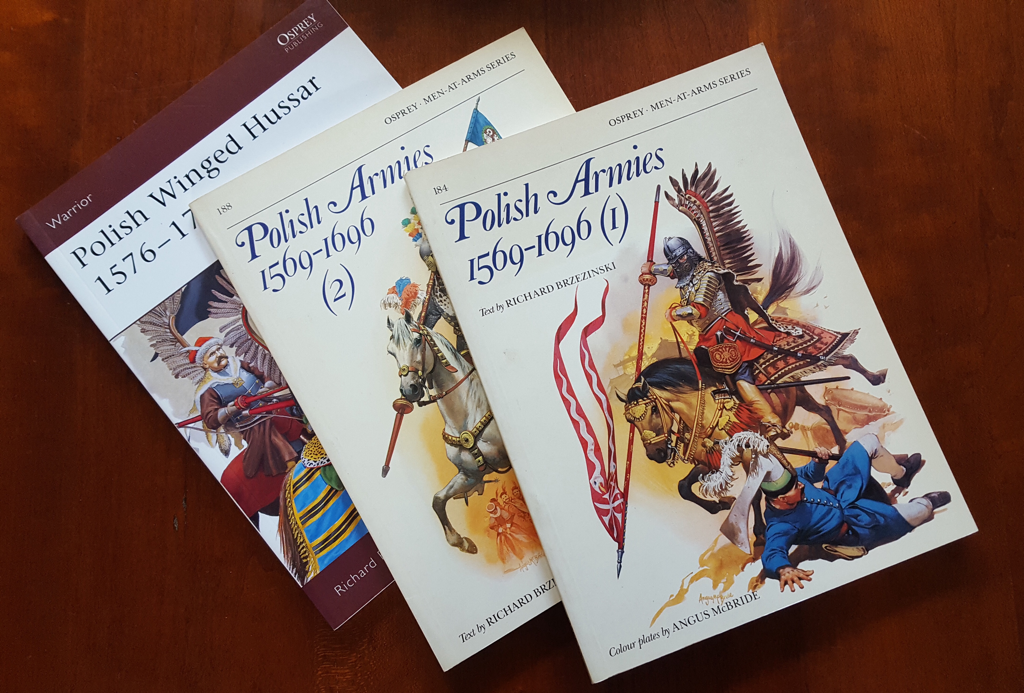
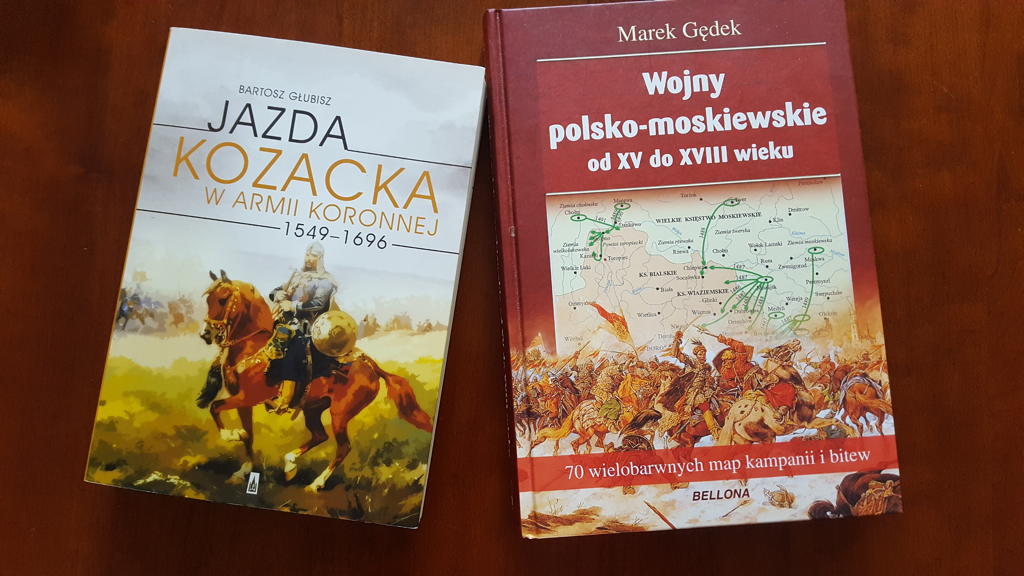
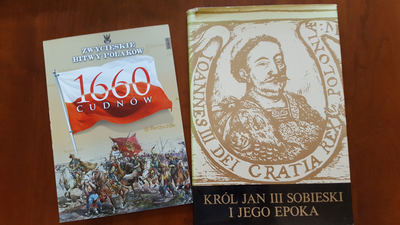
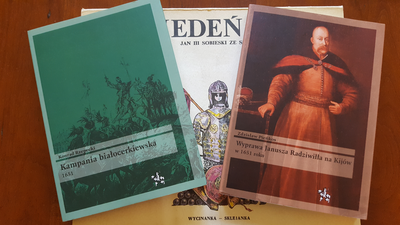
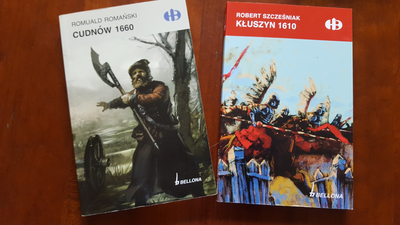
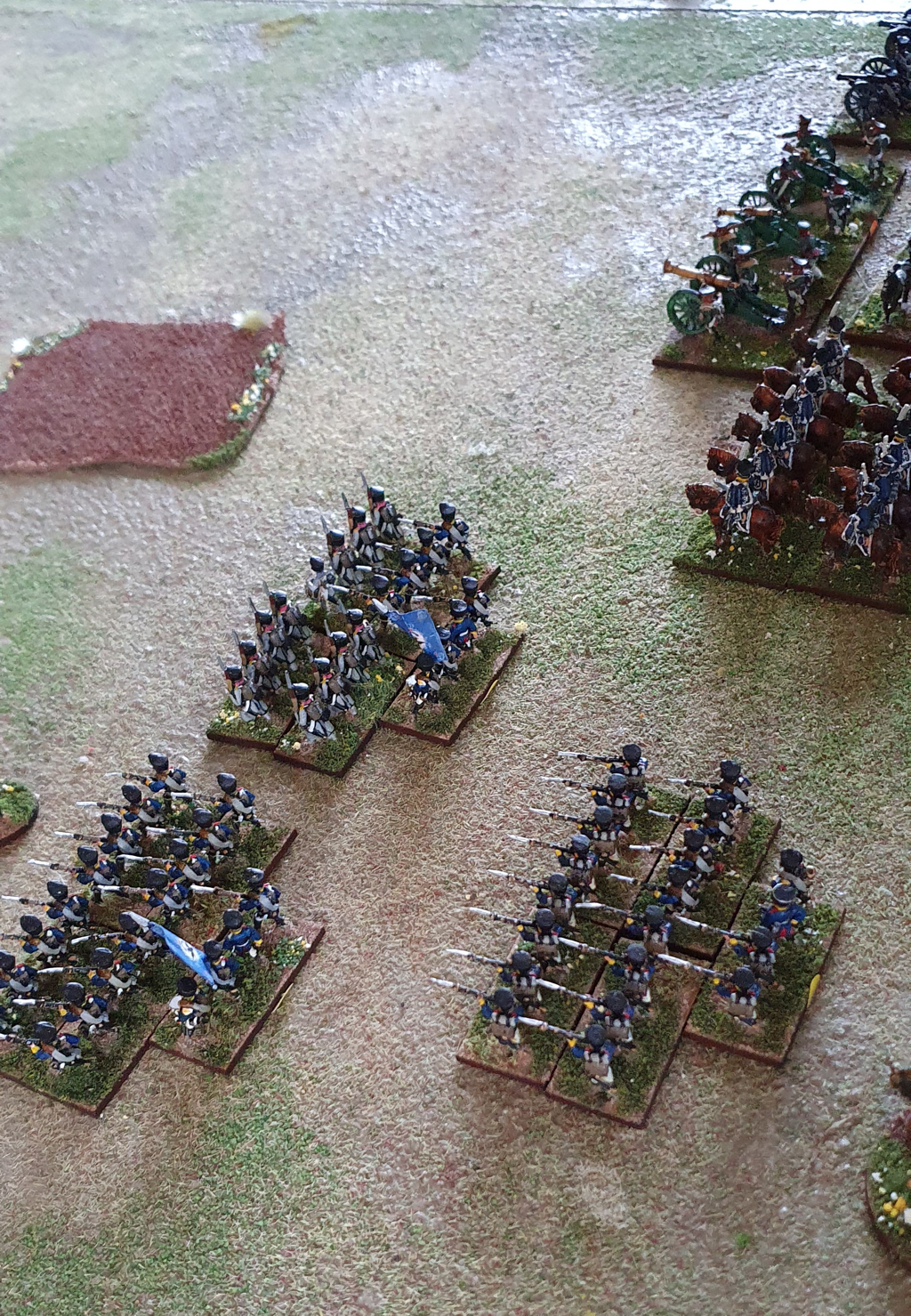
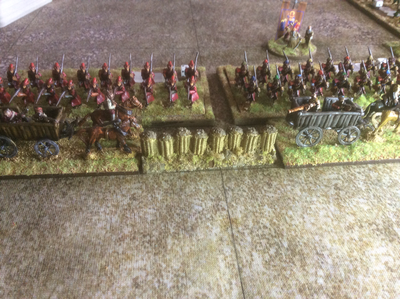
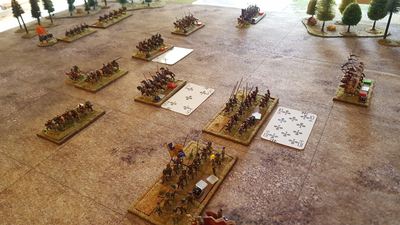
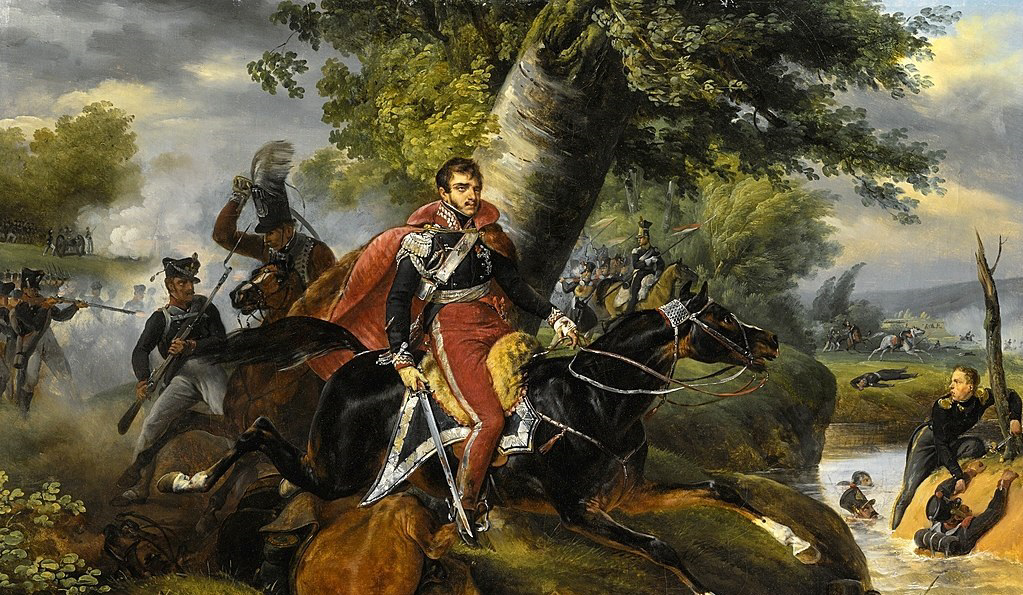
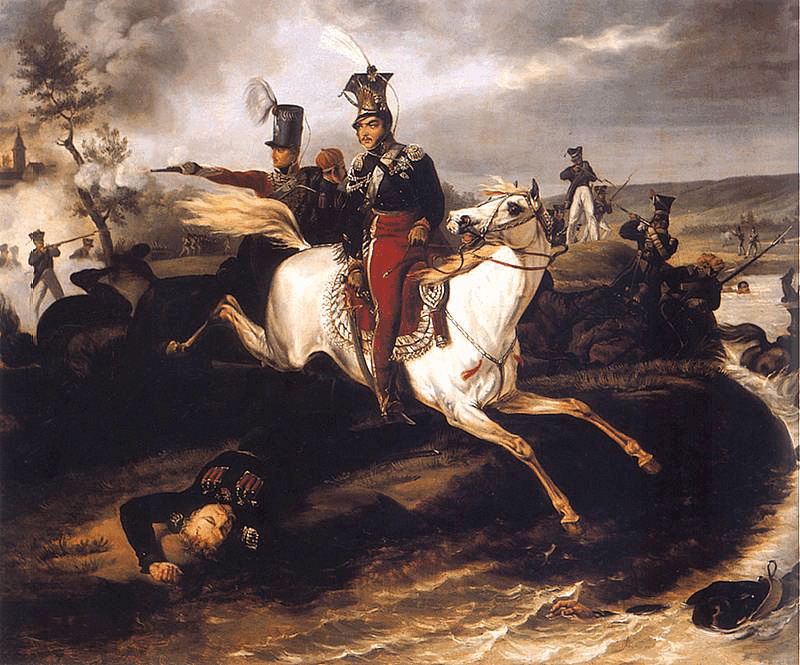

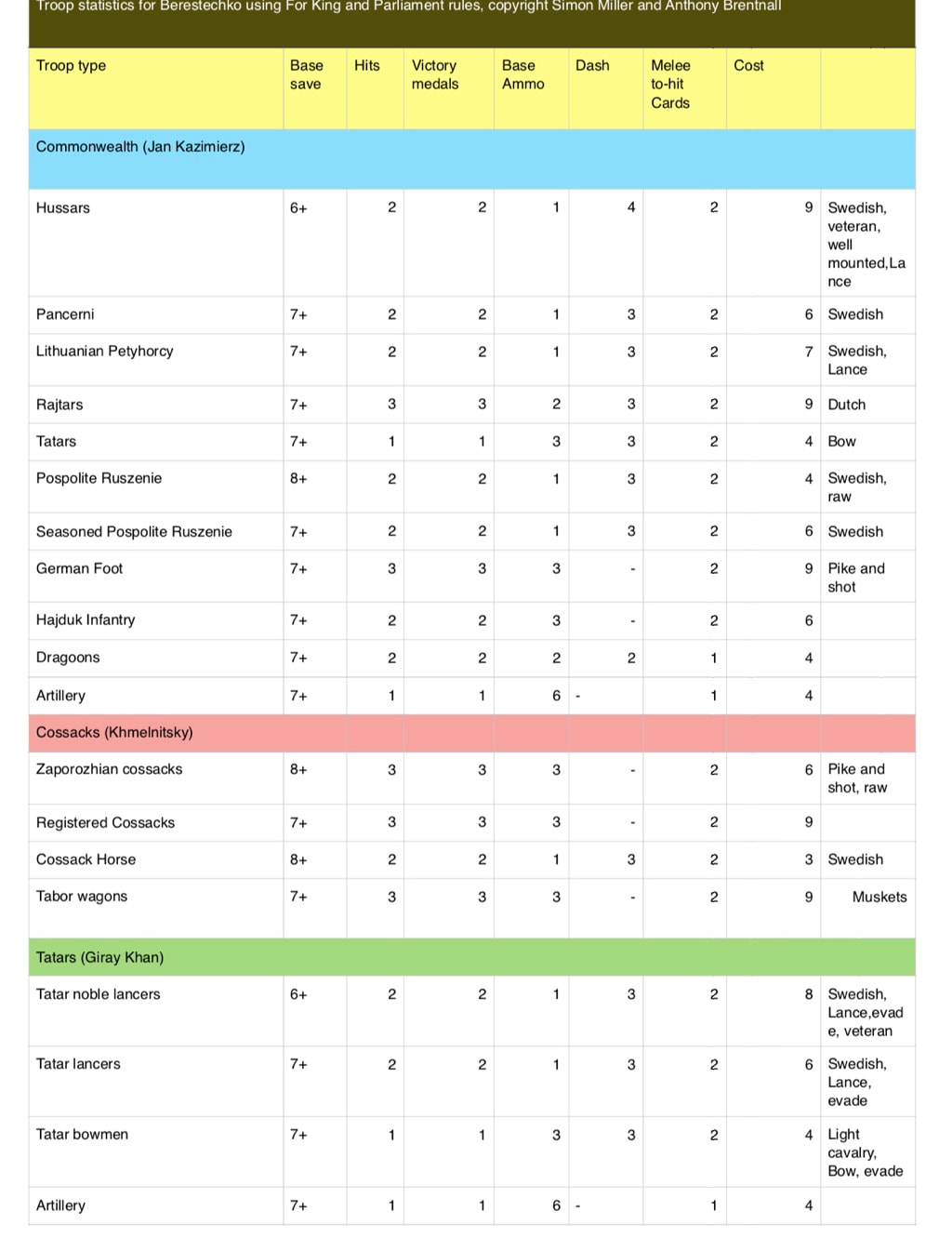
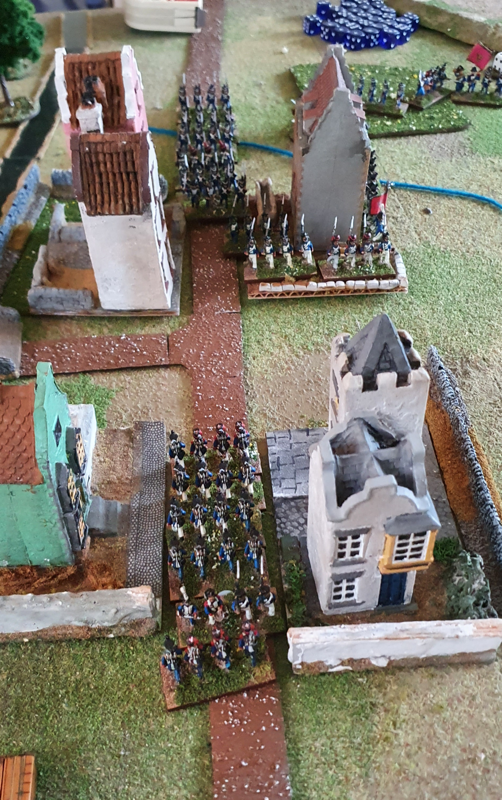
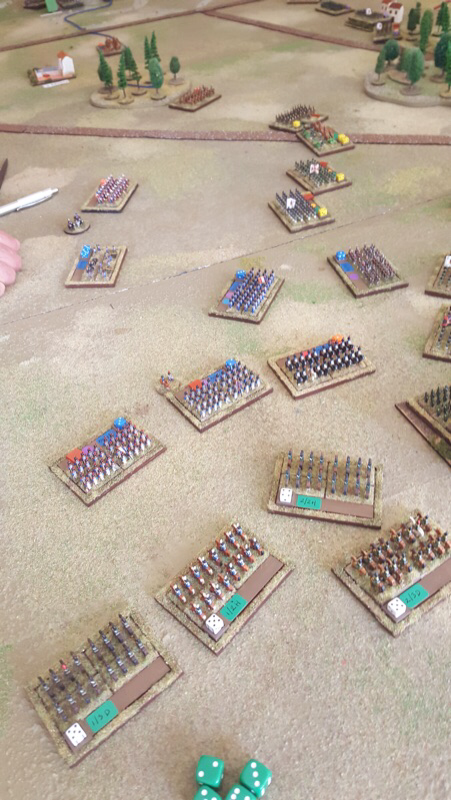
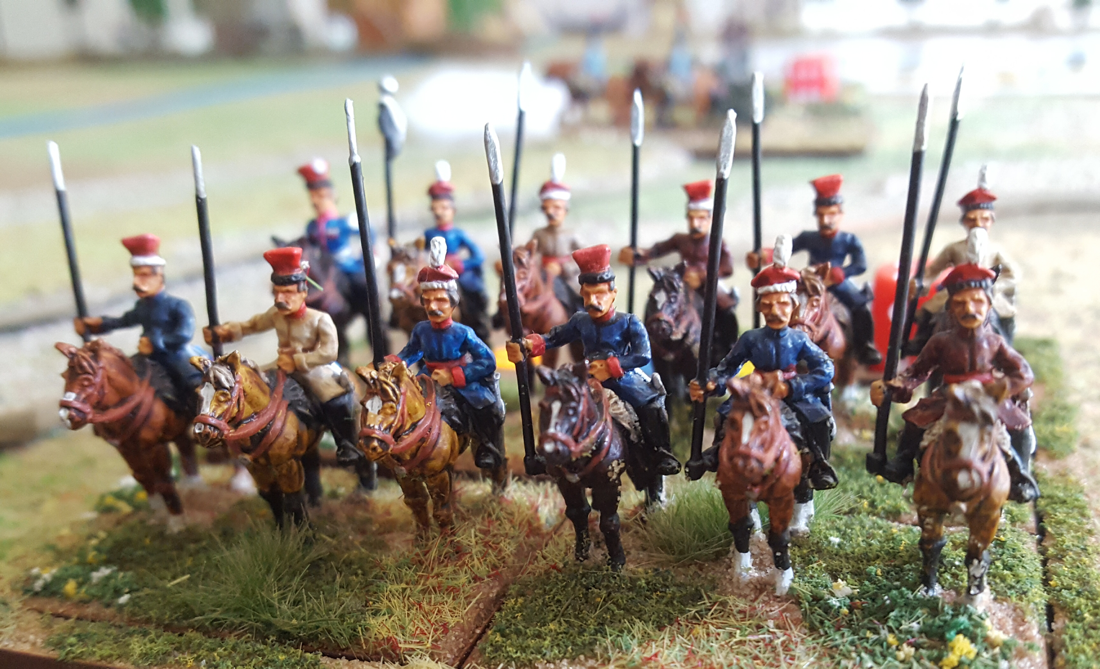
 RSS Feed
RSS Feed